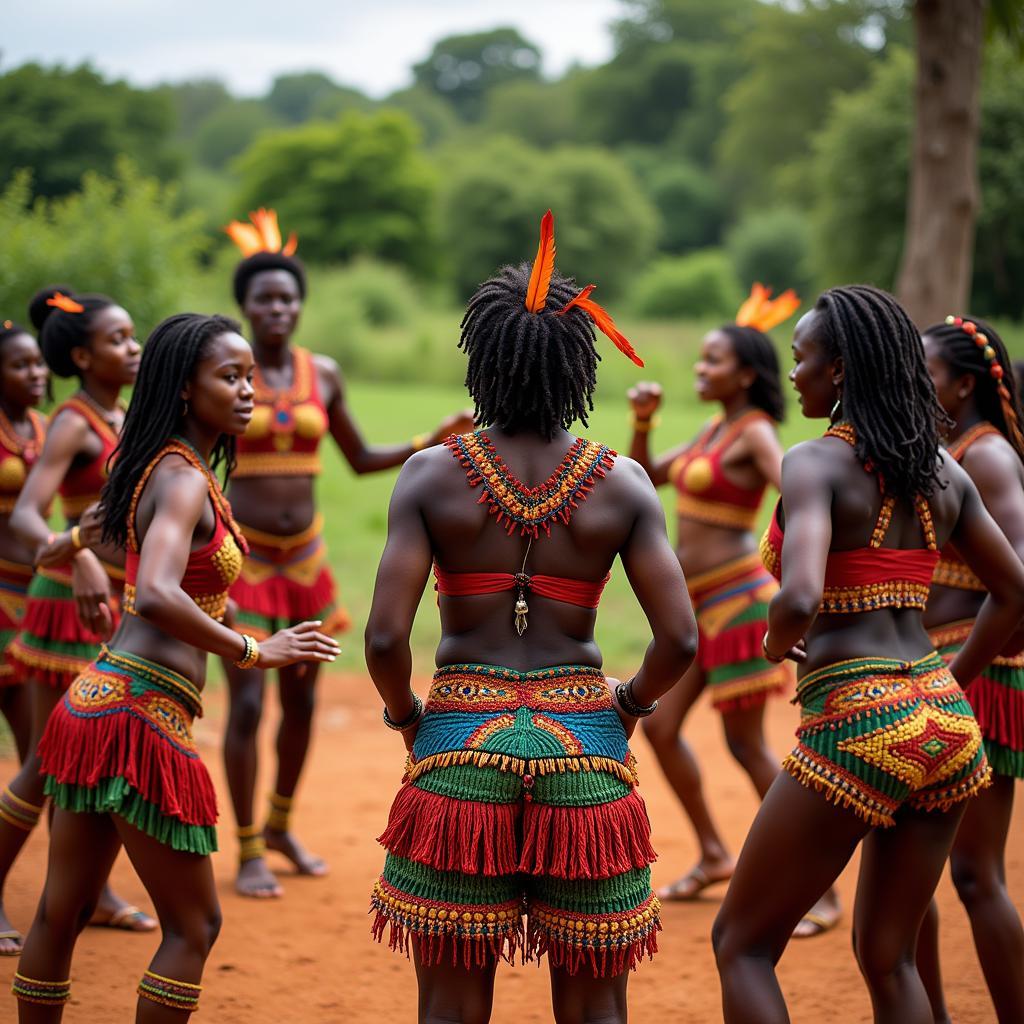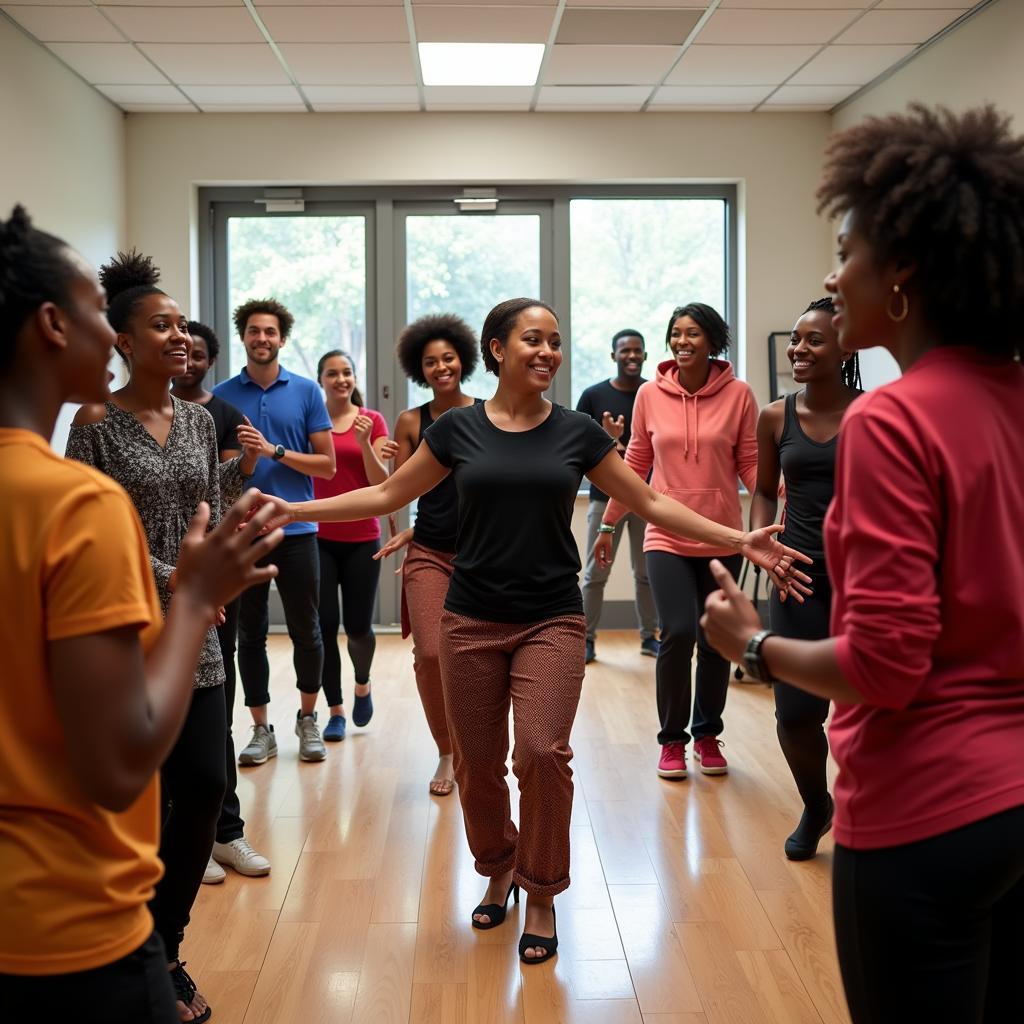Exploring the Diverse World of African Dance Forms
African dance is an umbrella term encompassing a vast array of dance styles that have evolved over centuries across the diverse cultures of the African continent. From celebratory rituals and spiritual ceremonies to social gatherings and storytelling, dance forms an integral part of the cultural fabric of African societies. Characterized by rhythmic movements, energetic footwork, and expressive gestures, African dance is a vibrant expression of life, heritage, and tradition.
The Cultural Significance of African Dance
African dance is more than just entertainment; it is deeply intertwined with the social, spiritual, and historical context of the communities from which it originates. It serves as a powerful medium of communication, expressing emotions, preserving history, and transmitting cultural values from one generation to the next.
- Ritualistic Significance: In many African cultures, dance plays a vital role in rituals related to birth, initiation, marriage, and death. These dances often involve specific costumes, masks, and music that hold symbolic meaning. For example, African funeral dance rituals often feature movements and music that celebrate the life of the deceased and help to guide their spirit to the afterlife.
- Social Cohesion: Dance serves as a unifying force within communities, bringing people together to celebrate, mourn, or simply enjoy each other’s company.
- Storytelling: Many African Dance Forms are narrative in nature, using movement and gesture to recount historical events, myths, and legends.
 African Dance Ritual
African Dance Ritual
Types of African Dance
The sheer diversity of African dance forms makes it impossible to categorize them definitively. However, some broad classifications can be made based on regional styles, cultural influences, and the purpose of the dance:
West African Dance
Known for its high-energy movements, polyrhythmic music, and vibrant costumes, West African dance encompasses styles like:
- Agbadza (Ghana): A recreational dance performed at social gatherings, characterized by fast-paced footwork and energetic jumps.
- Yankadi (Guinea): A highly acrobatic dance form that often involves impressive displays of strength and flexibility.
- Gumboot Dance (South Africa): Originating from the gold mines of South Africa, this dance form uses rubber boots to create rhythmic sounds and percussive movements.
East African Dance
Often characterized by graceful movements, fluid gestures, and intricate footwork, East African dance styles include:
- Mdundiko (Tanzania): A celebratory dance performed at weddings and other festive occasions, known for its circular movements and lively drumming.
- Swahili Dance (Kenya, Tanzania): Influenced by Arabic and Indian traditions, Swahili dance is often performed at weddings and social gatherings, characterized by its elegant hand gestures and rhythmic body movements.
 East African Dance Performance
East African Dance Performance
Southern African Dance
Influenced by the region’s diverse cultural heritage, Southern African dance includes styles like:
- Indlamu (Zulu): A powerful and energetic war dance traditionally performed by men, characterized by high kicks and rhythmic stamping.
- Pantsula (South Africa): A street dance form that originated in the townships during apartheid, known for its fast-paced footwork, intricate choreography, and social commentary.
Central African Dance
Characterized by its emphasis on rhythmic movement, elaborate costumes, and the use of masks, Central African dance styles include:
- Bikutsi (Cameroon): A vibrant and sensual dance style known for its fast-paced rhythms and suggestive movements.
- Ngombi (Gabon): A traditional dance form performed at rituals and ceremonies, characterized by the use of masks and costumes that represent spirits and ancestors.
The Global Influence of African Dance
African dance forms have had a profound impact on dance styles worldwide. From the evolution of jazz and tap dance in the Americas to the emergence of contemporary dance forms in Europe, the influence of African dance can be seen in the rhythmic complexity, expressive freedom, and emphasis on improvisation that characterize many global dance traditions. Today, African dance continues to evolve, blending traditional elements with contemporary influences to create new and exciting forms of expression.
FAQs About African Dance
What is the significance of drumming in African dance?
Drumming is an integral part of African dance, providing the rhythmic foundation and often dictating the pace and style of the movements. Drums are not merely instruments; they are considered sacred objects that connect the dancers to the spiritual realm.
What is the role of costumes in African dance?
Costumes in African dance are often elaborate and colorful, serving both aesthetic and symbolic purposes. They may represent different tribes, social statuses, or spiritual entities.
Is African dance only performed by people of African descent?
While African dance is deeply rooted in African culture, it is a global art form that can be enjoyed and appreciated by people of all backgrounds. Today, many dance schools and studios worldwide offer classes in various African dance styles.
 African Dance Class
African Dance Class
Exploring Further
This is just a glimpse into the diverse world of African dance. From the intricate footwork of West African dance to the graceful movements of East African styles, each region of the continent offers a unique and captivating expression of this vibrant art form.
If you are interested in learning more about African dance, consider attending a performance, taking a class, or researching specific dance styles that pique your interest. You can also explore other aspects of African culture, such as:
Let the rhythm of Africa move you as you delve deeper into the captivating world of African dance forms.
Need help or more information about African Culture? Contact us:
Phone Number: +255768904061
Email: [email protected]
Address: Mbarali DC Mawindi, Kangaga, Tanzania.
Our customer service team is available 24/7 to assist you!


